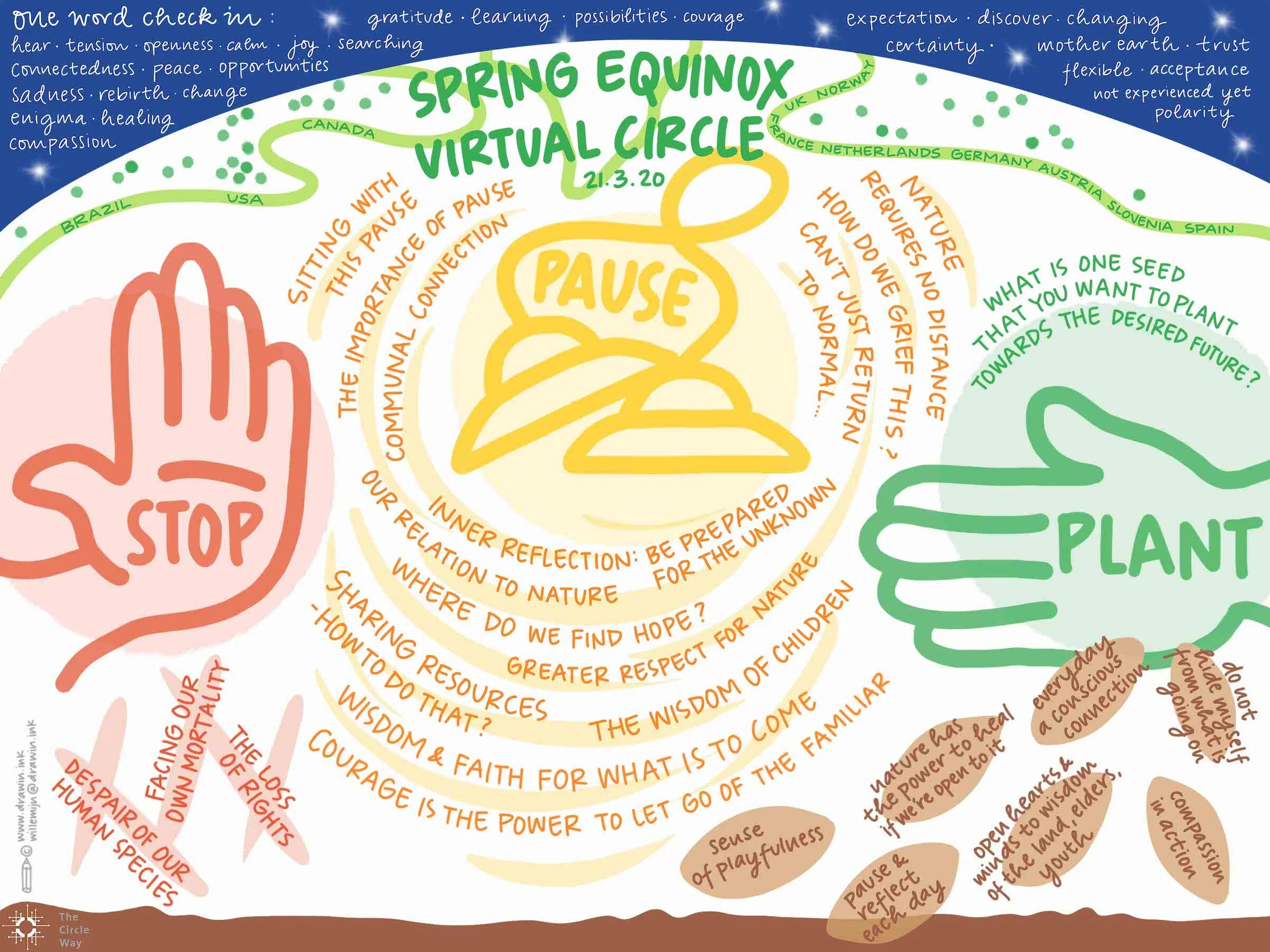Is the circle for men too? Tenneson Woolf shares what he has learned from his experiences about men in circle.
Questions for check-ins
Using poetry in circle hosting
Understanding racism and truth circles
Hosting circles online
Gratitude questions to use in circles
What’s your cure for "circle hangovers"?
Circle practice has done wonders. Year after year, I witness students transcending fears, misunderstandings, and assumptions about one another to foster goodwill and deep respect. Circle creates the conditions for these students to truly see one another – both their similarities and differences. And so, I wonder . . . what is my duty, especially with vulnerable populations, to support people who experience circle hangovers? The re-entry. The transition.
Making room for thinking within circles
Author Nancy Kline says, "The quality of everything we do depends on the quality of the thinking we do first. The quality of our thinking depends on the way we treat each other while we are thinking." After reading Kline's books, Time to Think and More Time to Think, Jutta Herzog, Matthias zur Bonsen, and Myriam Mathys were so impressed by her work that they flew to the U.K. to learn more. Since then, they've been making room for thinking within the circles they facilitate.
Circle in the classroom
On a beach in Holland, Lisa Smith was reminded that circle is not just an effective strategy. Circle practice offers a way of being in the classroom, a cultural container that holds space for effective practices.
This and other experiences led Lisa, a college professor in teacher education, to write the Circle in the Classroom: Field Book I, which calls learners to the circle and invites deep engagement, genuine participation, and thoughtful reflection while fully immersed in a co-created learning culture.











